- Home
- slideshows
- miscellaneous
- 10 adorable animals that are more dangerous than they look
10 adorable animals that are more dangerous than they look
Male platypuses have poisonous spurs.

Brown bears will attack when provoked.

Brown bears are known for being protective of their young. According to National Geographic, they will attack if provoked. If their enormous bodies and teeth aren't threatening enough, their speed certainly is: they can run as fast as 30 miles per hour, making them difficult to escape.
Wolves have sharp teeth.
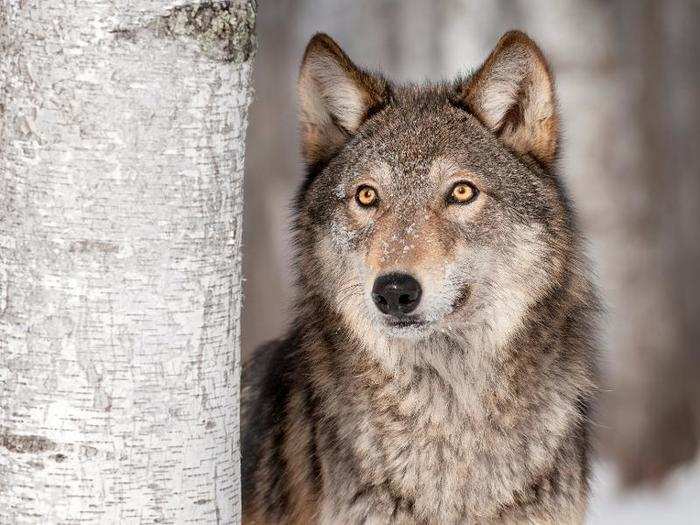
With its sharp teeth, territorial howls, and an enormous appetite, the gray wolf is one of the fiercest predators in the Northern Hemisphere. According to National Geographic, A single wolf can eat up to 20 pounds of meat in one sitting. Traveling over 20 miles a day in packs of six to 10, wolves often work together to take down enormous prey like elk and moose.
Tasmanian devils can burst into fits of rage.
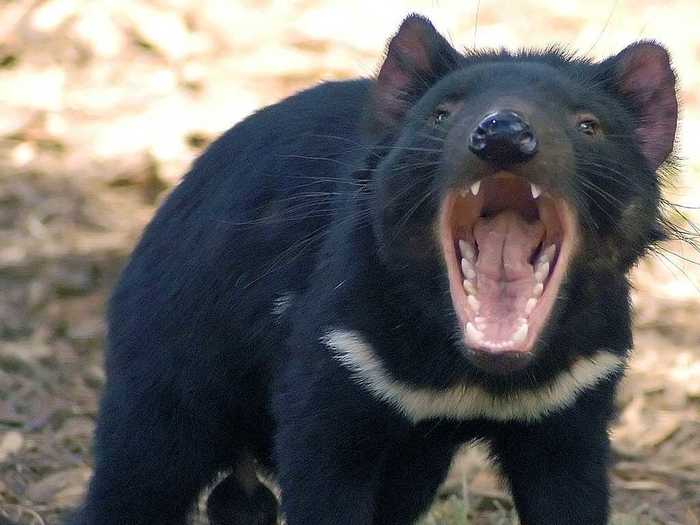
Native to Tasmania, an island state off Australia's coast, Tasmanian Devils can burst into fits of rage. The "devil" part of these creatures' moniker comes from the fits of rage they can burst into when threatened. Their sharp teeth and muscular jaws allow them to deliver a more powerful bite than any other mammal their size.
Poison dart frogs are — you guessed it — poisonous.
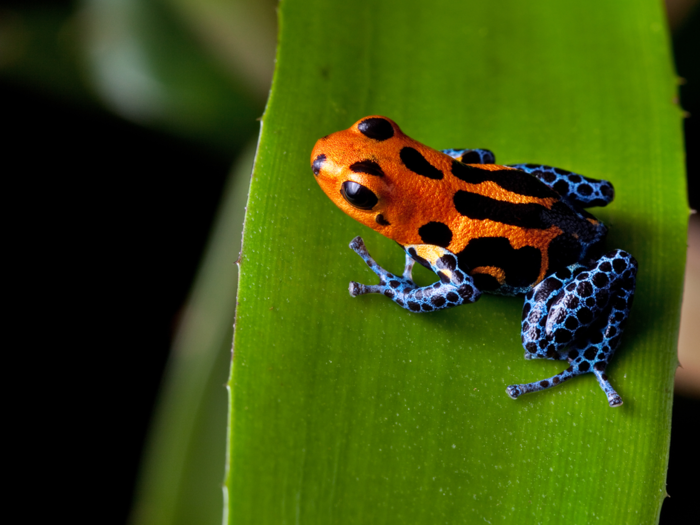
Poison dart frogs may be small, but they're mighty. Found primarily in the Amazon rainforest, the tiny amphibians are about the size of a paper clip and are one of the most toxic animals on earth. According to National Geographic, a single poison dart frog carries enough poison to kill 10 grown men.
Kangaroos have claws and powerful hind legs.
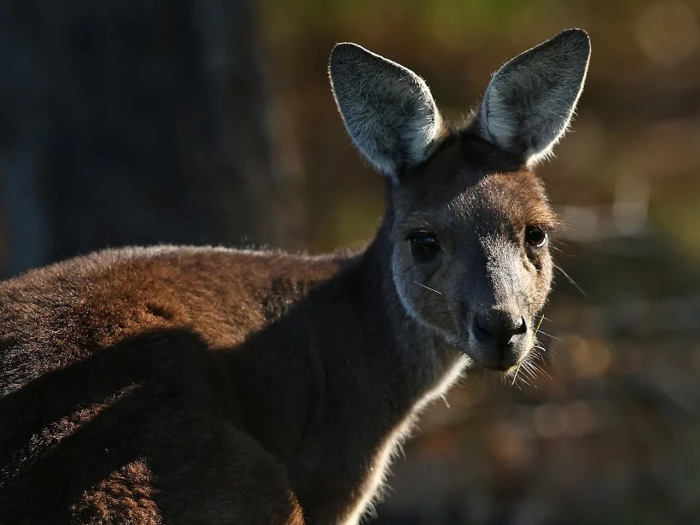
Kangaroos may look adorable carrying joeys in their pouches, but their powerful hind legs deliver violent kicks — both to other kangaroos and, occasionally, to unfortunate humans. Native to Australia, Kangaroos can stand over 6 feet tall and they often box with one another to solve disputes.
Giant pandas have a pretty strong bite.
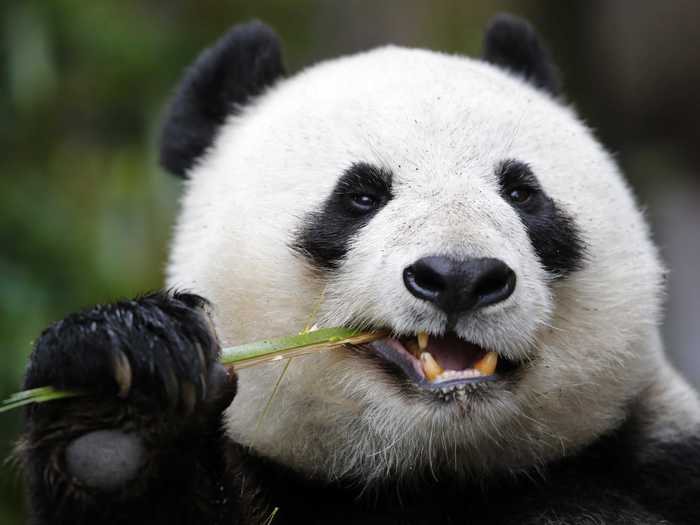
No matter how many adorable videos you've seen of pandas, don't approach a giant panda in the wild. They have strong grips and can deliver powerful bites that are strong enough to harm a human leg.
The slow loris is venomous.
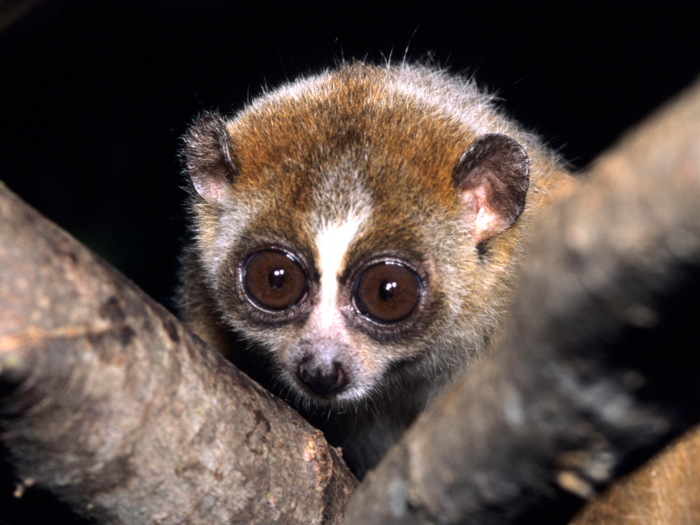
A highly threatened species, the slow loris presents a danger to those who approach it in the wild. The only known venomous primate, the slow loris may have evolved to mimic venomous snakes.
Their big eyes and soft fur make them attractive to humans, but slow lorises secrete venom from their inner arms, which then enters their mouths during grooming. Generally only used as a defense mechanism, this venom can cause rashes, illness, anaphylactic shock, or death.
Dingoes can be violent and aggressive when provoked.
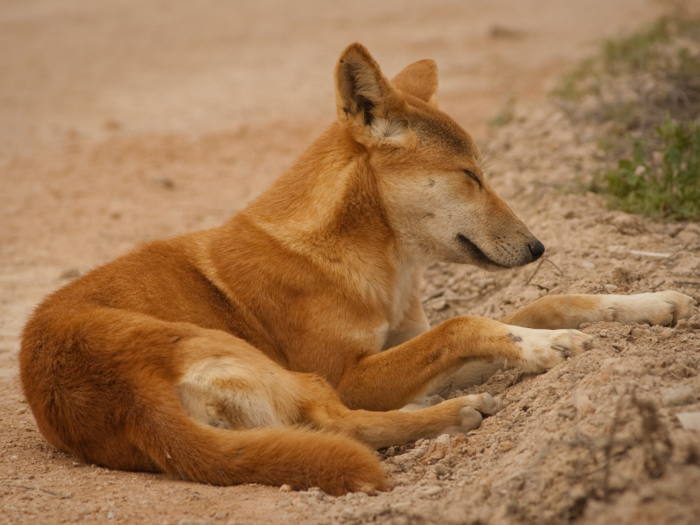
Resembling a fox or a wolf, dingoes in Australia are so abundant that the animals are often considered pests. Even though the recorded number of dingo attacks remains relatively low, many Australians are wary of the unpredictable creatures, since they can become violent and aggressive if provoked, according to BBC.
Raccoons commonly carry rabies.
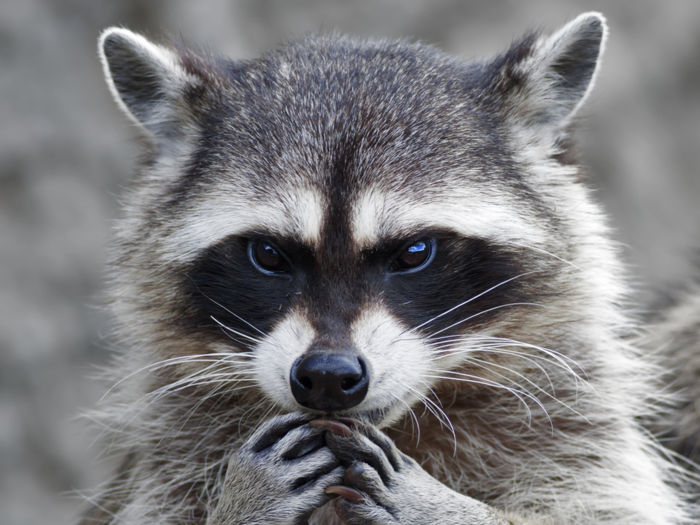
Lovingly nicknamed "trash pandas," raccoons should be taken seriously. Known for feasting on leftover human food, raccoons will generally avoid confrontation but will bite and scratch if they feel threatened. Although raccoon bites are usually minor, the creatures are one of the most common carriers of rabies, which can lead to death for those who get infected.
Popular Right Now
Popular Keywords
Advertisement